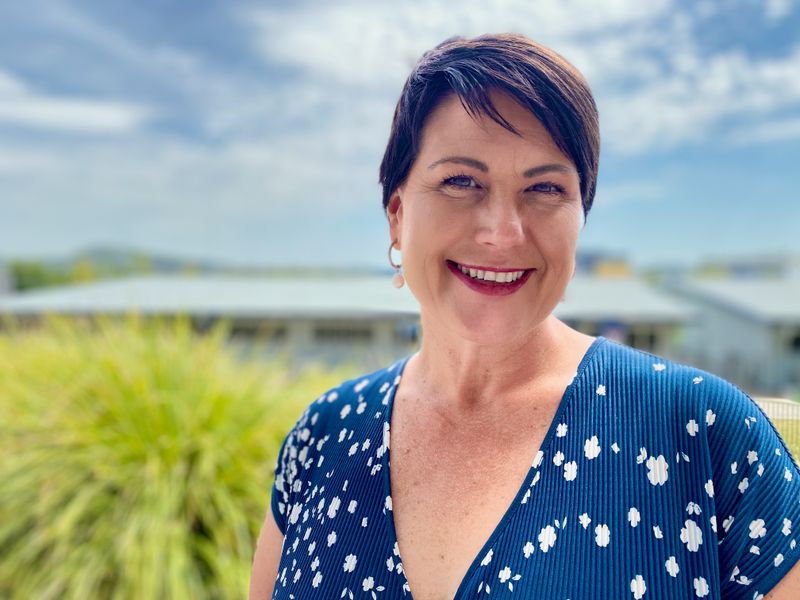Year One Inquiry Approach results in a special prize in Ideas and Imagination Award
Through the exploration of ‘big ideas’ or concepts, Year One students employed research skills and developed the ability to think critically and work collaboratively. By using the inquiry cycle, they learnt to ask well-developed questions, find and sort information, build understandings, connect ideas and form solutions. This way of learning not only leads to a deeper understanding of curriculum content but also develops essential skills that will be used throughout their studies, in their daily lives and eventually in the workplace.

By Kate Hofstee: P-6 Contemporary Learning Leader
In Term Three, Year One embarked on an inquiry journey resulting in a prize in the Maha Sinnathamby Ideas and Imagination Award. They explored the inquiry question: How do communities care for people? Through a process of guided investigation, our students built an understanding that communities are places where people, belong, live and work. They examined how people create systems to support and care for one another physically, emotionally and spiritually. They connected the concepts of growth, population, sustainability, service and location. The unit was transdisciplinary and encompassed Geography, History, Mathematics, Technology, English and Christian Studies.
An exciting provocation for the inquiry was the opportunity to enter the Maha Sinnathamby Ideas and Imagination Award, which asked students to imagine and present what Springfield might look like in 2050. Each class created a giant interactive map of the future Springfield.
During the ‘Tuning-In Phase’ the students wondered about the possibilities of a futuristic Springfield, they included both whimsical and practical ideas. The students realised that they needed to know more about what exists in Springfield presently and what factors might influence the design of a future city. They developed the following inquiry questions:
- What does Springfield look like now, and what purposes do the existing places serve?
- What might change for Springfield in the future, and what will our community need to be happy?
In the ‘Finding-Out Phase’ of the inquiry, the students created a map of Springfield as it exists today. They conducted internet searches and used Google Earth to locate important community buildings and features. As they identified familiar places, the children expressed ideas and justified why each site was essential. The children recognised that many places were likely to remain for another 30 years and that they should be represented on the map (these are the yellow buildings). This contrast was helpful later in the inquiry as it made it evident to the children just how much Springfield would grow and change.
In the ‘Sorting-Out Phase’, the students wondered about the future of Springfield and considered the following questions:
- What will we need and what might be possible in the future?
- How many people might live here, and does this change what we will need?
Through discussion and guided research, the students discerned that our population would increase and that we would need more spaces and services to meet the needs of the growing community. The children brainstormed what these places might be and sorted them into the following categories: needs/services (electricity, water, food, shops), health, education, recreation and industry. We were impressed by the depth of the students’ thinking, particularly their realisation that some elements are essential for survival and how different aspects of a community are interconnected.
During the ‘Acting-and-Reflecting Phase, each child designed a place they felt would be necessary in Springfield in 2050. Some used their imaginations and other researched solutions on the web before creating their designs. A group of curious students explored ways they could supply additional water and power to Springfield, and with a little guidance, examined solutions such as hydroelectricity dams, wind farms, water recycling and desalination plants.
Once the designs were complete, the classes held a ‘Town Planning Meeting’ to decide the best location for each of the new buildings. They developed solutions such as creating an industrial area for the factory and airport to reduce noise in the city, placing the schools near each other to minimise traffic, making a recreation precinct, and locating the museum near the railway station to make it easier for visitors to access.
As the students placed the buildings on the map, they realised that they were quickly running out of spaces to pin them. This sparked a conversation about the need for growing communities to clear land and the environmental effects that could have, which was a profound debate for six and seven year-olds.
Once the map was complete, the children reflected on their learning by creating video explanations of their designs. Everyone decided that the future Springfield would indeed be an exciting and happy place to live.
The children were incredibly proud of the work they produced and were hopeful that the competition judges would also be impressed. As it turns out, they were!
Year One invite you to view their interactive maps at the following links. Once you click on a map icon, you may need to wait a few moments for the video to load.
1S Map of Springfield 2050: https://www.thinglink.com/card/1372682704113369091
1T Map of Springfield 2050: https://www.thinglink.com/card/1372740468089028610
Fulfil your child's potential and take advantage of all the amazing opportunities St Peters Springfield have on offer.
Be part of our supportive St Peters Springfield community and contact enrolment by email s.enolments@stpeters.qld.edu.au or call 3470 3888
